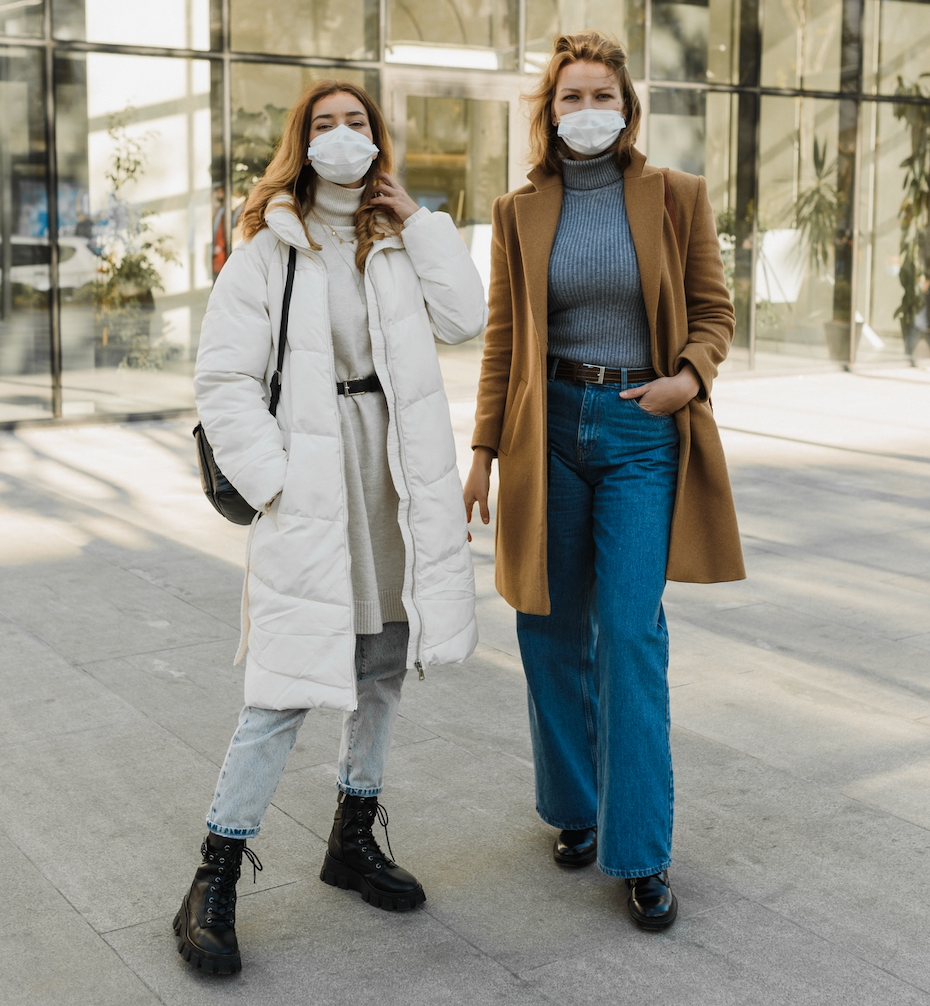No Close Contacts Reported for Two-Thirds of COVID-19 Cases
Contact tracing can be an effective tool for identifying new cases of COVID-19, but a new study found that close contacts were reported for only about a third of laboratory confirmed cases.

Contact tracing methods have fallen short in reaching close contacts of people with COVID-19 to curb the spread of the disease, according to a recent study that found no close contacts were reported for two-thirds of laboratory confirmed cases.
The surveillance-based cross-sectional study, published in JAMA Network Open, included data from 13 health departments and 1 Indian Health Service Unit in 11 states and 1 tribal nation.
“One of the biggest takeaways from this research is that strong engagement between the health department and communities served is critical,” corresponding author John Oeltmann, PhD, of the US Center for Disease Control and Prevention, told Contagion. “Close contacts are at higher risk of being infected with SARS-CoV-2, the virus that causes COVID-19. However, only about half of the individuals contacted provided information about a close contact, limiting health departments’ abilities to reach out to those at risk.”
Out of 74,185 laboratory confirmed cases of COVID-19, 43,931 (59%) were interviewed by health officials, and 24,705 (33%) named a total 74,834 people as close contacts. About 71% (53,314) of the contacts were notified of their exposure, with 46% (34,345) agreeing to be monitored. Overall, only 0.7 close contacts per confirmed COVID-19 case were notified and 0.5 close contacts per case were monitored.
“There was some public resistance to providing the names of close contacts,” Oeltmann said. “One way to help people with COVID-19 feel more comfortable about having these conversations with health department workers and health care professionals is to improve messaging about the importance of contact tracing and case investigation for controlling the spread of COVID-19.”
Monitoring close contacts was found to be an effective way to identify undiagnosed cases of COVID-19, with a higher test positivity rate found among close contact than among the general population in most study areas.
“Healthcare providers are trusted sources of information within communities,” Oeltmann said. “They need to know that they can help their patients and, in turn their communities, by encouraging them to participate in contact tracing when public health agencies call them, because the more members of a community that participate in contact tracing, the more readily public health agencies can help limit the spread of SARS-CoV-2.”
Obstacles to contact tracing and surveillance efforts included missing and incomplete data, paper-based records, disparate digital databases without common identifiers and insufficient personnel. Another challenge facing health officials is that most COVID-19 interviews were conducted by phone and were time sensitive, making it difficult to establish trust.
Oeltmann said work is ongoing “to improve capabilities to use these tools to contain future outbreaks and to continue to increase awareness about case investigation and contact tracing in association with reducing the transmission of infectious diseases.”
Efforts to improve contact tracing and surveillance include digital contact tracing tools, smartphone applications and automated symptom monitoring tools and case management software. Also, social support services might be necessary to help people complete quarantine requirements.
The study concluded that contact tracing should be considered among multiple mitigation strategies, including wearing face masks, physical distancing and vaccination. Those health departments without the capacity to interview a majority of new cases might consider suspending or scaling back their contact tracing efforts to focus on other measures such as vaccination.
Contact tracing and other mitigation efforts have been shown to effectively reduce the spread of COVID-19. A study conducted in Delaware last year found that mitigation efforts including mask mandates and contact tracing were associated with an 82% reduction in COVID-19 incidence and 100% reduction in associated mortality by June.
Mathematical modeling predicted that contact tracing could effectively contain the spread of COVID-19 even with varied adherence to other mitigation strategies.
